We all tell little white lies now and then. Studies suggest that the average person lies about 1.65 times a day. But some people take lying to an extreme, constructing elaborate falsehoods and sticking to their stories even when faced with overwhelming evidence. Here are ten world-class liars who just didn’t know when to stop.
Hwang Woo-Suk

Hwang Woo-Suk was a prominent South Korean stem cell researcher with a strong background in cloning. In 2005, he claimed to have created 11 individual stem cell lines from cloned human embryos. This would have been a monumental breakthrough for treating diseases like Alzheimer’s. However, it was later revealed that Hwang had falsified his data. Despite the scandal, his earlier work, including the cloning of Snuppy the Afghan hound, was verified as genuine.
In 2009, Hwang was convicted of embezzling research funds and illegally purchasing human eggs, receiving a suspended sentence.
Rosie Ruiz

Rosie Ruiz shocked the world when she “won” the 1980 Boston Marathon. Her time was impressive, but nobody seemed to remember seeing her during the race. Suspicion grew when Ruiz appeared unfamiliar with basic running knowledge during post-race interviews.
Eyewitnesses later confirmed that Ruiz had joined the race only a mile before the finish line. Officials reviewed photographs and found no evidence of her along the course. Ruiz was stripped of her title, and Jacqueline Gareau was declared the rightful winner.
Cassie Chadwick
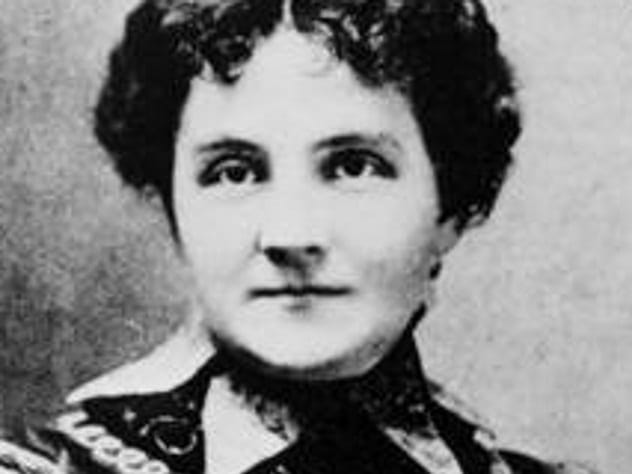
Born Elizabeth Bigley in 1857, Cassie Chadwick had a history of fraud from a young age. She moved to the U.S. and adopted various personas, including a clairvoyant and a brothel owner. To elevate her social standing, Chadwick claimed to be the illegitimate daughter of industrialist Andrew Carnegie.
Chadwick concocted an elaborate scheme involving a fake promissory note to convince people of her connection to Carnegie. She obtained millions in credit, but her lies eventually unraveled when a creditor contacted Carnegie directly. Chadwick was convicted of fraud and sentenced to 14 years in prison.
James W. Johnston
In 1994, tobacco executive James W. Johnston testified before Congress, stating that cigarette smoking was “no more ‘addictive’ than coffee, tea, or Twinkies.” He further argued that if cigarettes were addictive, millions wouldn’t have been able to quit smoking.
By 1998, the tobacco industry reluctantly acknowledged the addictive nature of smoking and its role in lung cancer. This shift likely stemmed from the numerous lawsuits they faced.
Marmaduke Wetherell

Marmaduke Wetherell, a big-game hunter, was hired by the Daily Mail in 1933 to find the Loch Ness Monster. He claimed to have found large footprints belonging to a “very powerful soft-footed animal about 20 feet long.” However, experts determined the footprints were likely made by a hippopotamus-leg umbrella stand.
The following year, a surgeon, Robert Kenneth Wilson, published a photo of Nessie. In 1994, Wetherell’s stepson admitted that Wetherell had created the monster’s head and attached it to a toy submarine for the photo.
Titus Oates

Titus Oates, an Anglican priest, fabricated a story about a Jesuit conspiracy to assassinate King Charles II in 1678. He even infiltrated the Church to gather information. Oates’s story gained traction after the murder of Sir Edmund Berry Godfrey, who had repeated the tale.
A wave of anti-Catholic terror swept through London, and Oates was hailed as a savior. Though King Charles II doubted the story, he executed 35 people. Oates was eventually convicted of perjury, pilloried, flogged, and imprisoned. However, he was later released and given a pension after a change in the monarchy.
Ryan Lochte
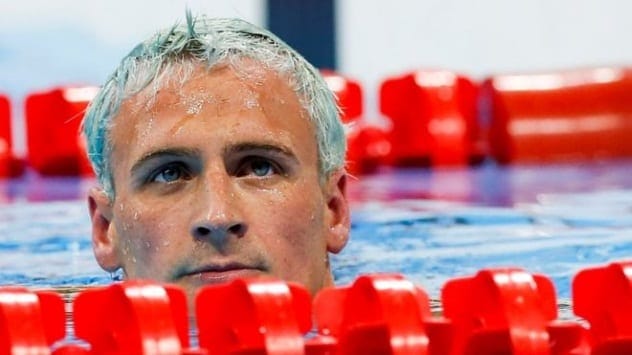
After partying at the 2016 Rio Olympics, Ryan Lochte and some other swimmers vandalized a gas station restroom. Instead of admitting their actions, Lochte claimed they had been robbed at gunpoint. CCTV footage contradicted his account.
Lochte eventually admitted to exaggerating the story. He was banned from swimming for 10 months. He faced further suspension for violating anti-doping rules after posting pictures of himself receiving intravenous fluids.
Rafid Ahmed Alwan Al-Janabi
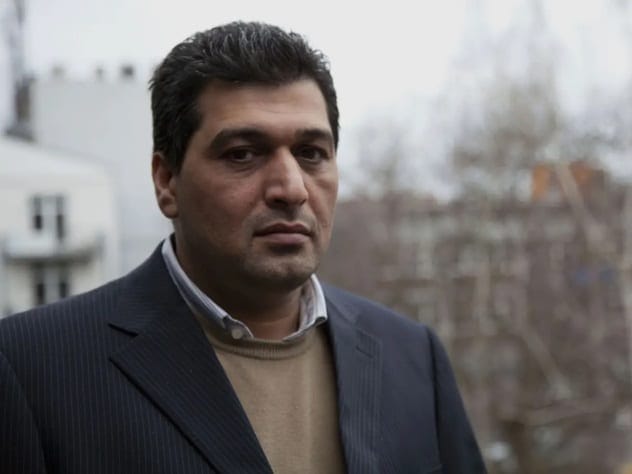
Rafid Ahmed Alwan al-Janabi, an Iraqi defector, provided false information about Iraq’s weapons of mass destruction (WMDs) in 1999. He claimed to have knowledge of biological weapons and laboratories, which were used to justify the U.S. and British invasion of Iraq.
The invasion led to the deaths of over 100,000 Iraqi civilians and soldiers. No WMDs were ever found, and the accuracy of Al-Janabi’s claims remains highly disputed.
Sepp Blatter
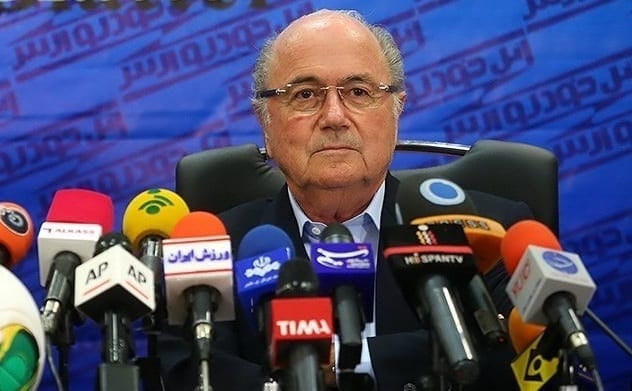
Sepp Blatter, the president of FIFA, faced allegations of bribery and corruption for years. His tenure was marked by controversial decisions, such as awarding the 2022 World Cup to Qatar despite its extreme heat and lack of football infrastructure.
Blatter denied any wrongdoing but resigned in 2015 after evidence of widespread corruption within FIFA surfaced. He was banned from all football-related activities until 2022.
Stephen Glass
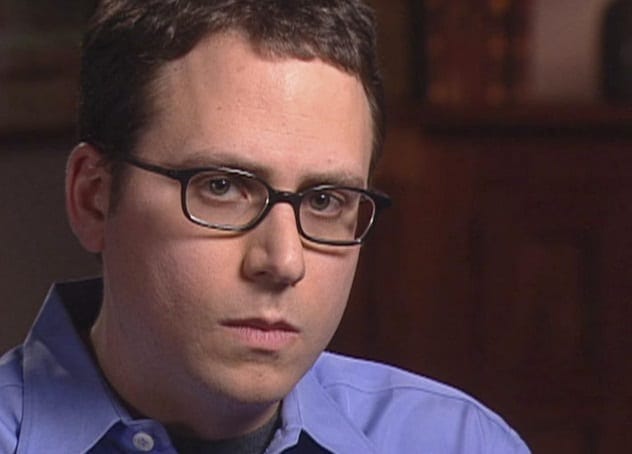
Stephen Glass, a journalist for The New Republic and Rolling Stone, gained fame for his sensational stories. However, it was discovered that he fabricated sources, quotes, and even entire articles.
His deception unraveled when Forbes investigated a story about hackers and found it to be completely made up. Glass was fired and later pursued a career as a lawyer.
What do you think about these infamous liars? Share your thoughts in the comments below!










